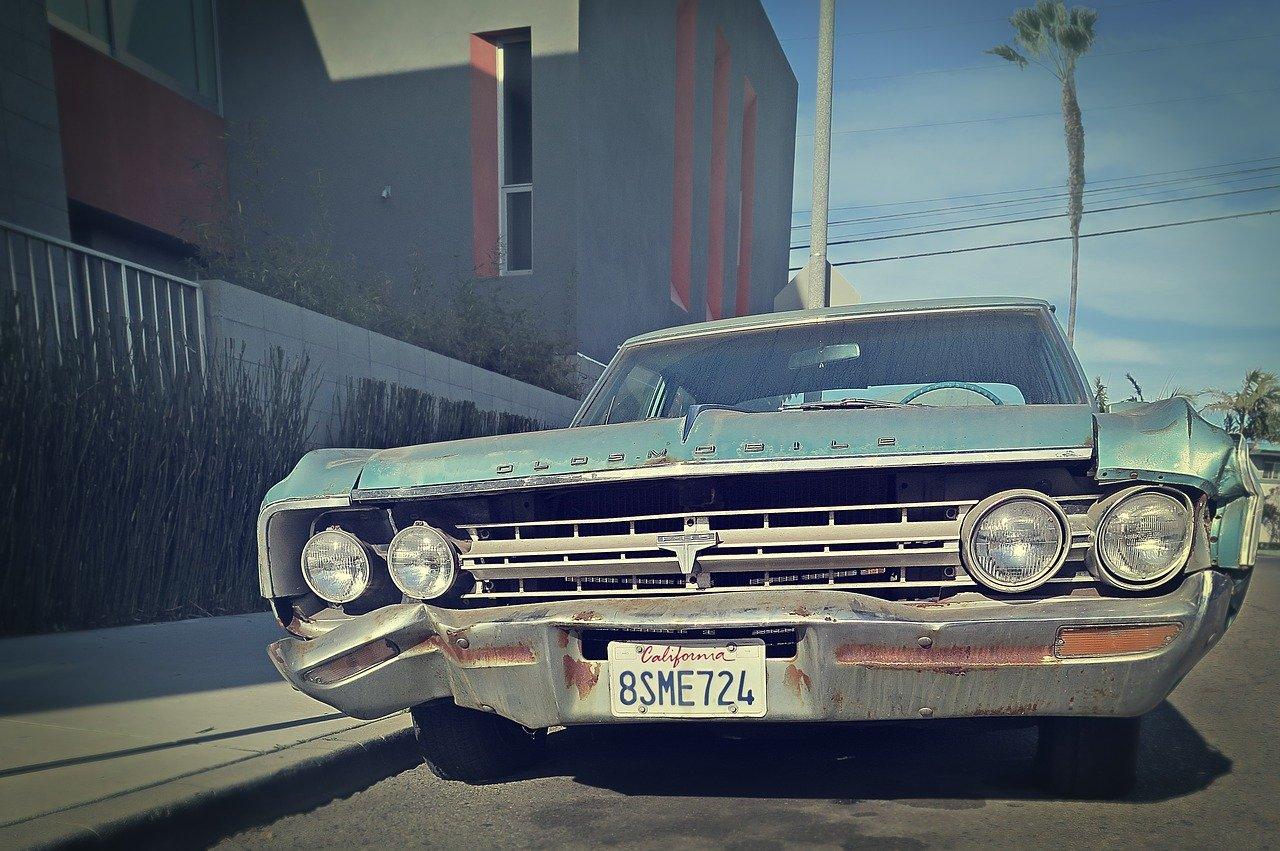If you're a car enthusiast or just someone who loves a good challenge, restoring a salvaged car can be a rewarding project. Salvaged cars are vehicles that have been declared a total loss by an insurance company due to damage, theft, or other factors. While they may seem like junk at first glance, salvaged cars can be restored to their former glory with some hard work and the right know-how. In this article, we'll provide a guide to restoring a salvaged car from start to finish.
Assessing the Damage
Before beginning any work on the salvaged car, it's important to assess the damage. Depending on the extent of the damage, the restoration process could be simple or more complex. Common types of damage that might be present in a salvaged car include frame damage, flood damage, and damage to the engine or transmission. To identify the extent of the damage, you may need to get a professional inspection or research the car's history.
Obtaining Parts and Materials
Once you've assessed the damage, it's time to start gathering the parts and materials you'll need for the restoration. Finding high-quality used parts can be a challenge, but there are a few options available. Salvage yards and online marketplaces are good places to start looking for parts. It's important to make sure you're getting parts that fit your car correctly and are in good condition. You'll also need to gather materials such as sandpaper, primer, paint, and other supplies depending on the extent of the restoration.
Disassembling and Cleaning the Car
After obtaining the necessary parts and materials, it's time to start disassembling the car and removing any damaged or rusted parts. This can be a time-consuming process, but it's essential to ensure that the car is properly cleaned and prepped for the next steps in the restoration process. Use caution when disassembling the car, and make sure to keep track of all the parts you remove so you can easily reassemble it later.
Related: How to Safely Navigate a Junkyard to Find Your Dream Car
Repairing and Replacing Parts
Once the car is disassembled and cleaned, it's time to start repairing and replacing parts. Common repairs you may need to make include welding, replacing damaged panels, and fixing any mechanical issues with the engine or transmission. When installing new parts, it's important to make sure they fit correctly and are properly aligned. Take your time with this step to ensure that the car is structurally sound and safe to drive.
Painting and Finishing Touches
After repairing and replacing parts, it's time to paint the car and add any finishing touches. This is a crucial step in the restoration process, as the paint job can make or break the car's appearance. Properly prepping the surface and selecting the right paint is essential for a high-quality finish. Once the car is painted, you can add finishing touches such as detailing, upgrading the interior, and adding any custom features you desire.
Conclusion
Restoring a salvaged car can be a challenging but rewarding project. By following these steps and taking your time, you can transform a junker into a gem that turns heads on the road. Remember to assess the damage, obtain the right parts and materials, disassemble and clean the car, repair and replace parts, and finish with a high-quality paint job and any desired finishing touches. With some patience and perseverance, you can bring new life to a salvaged car and enjoy the satisfaction of a job well done.
Follow cash for unwanted cars Brisbane for more automotive niche stuff.
